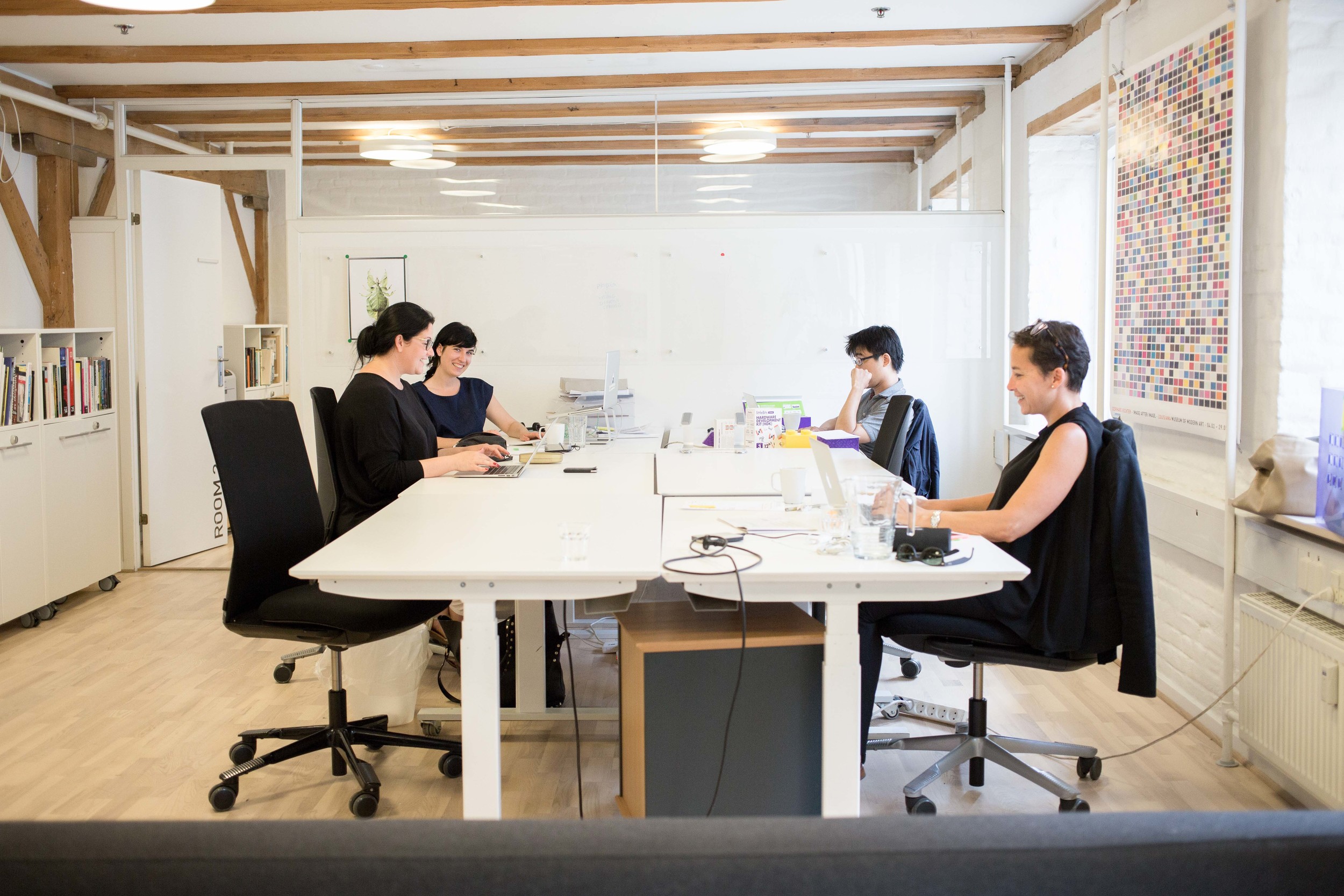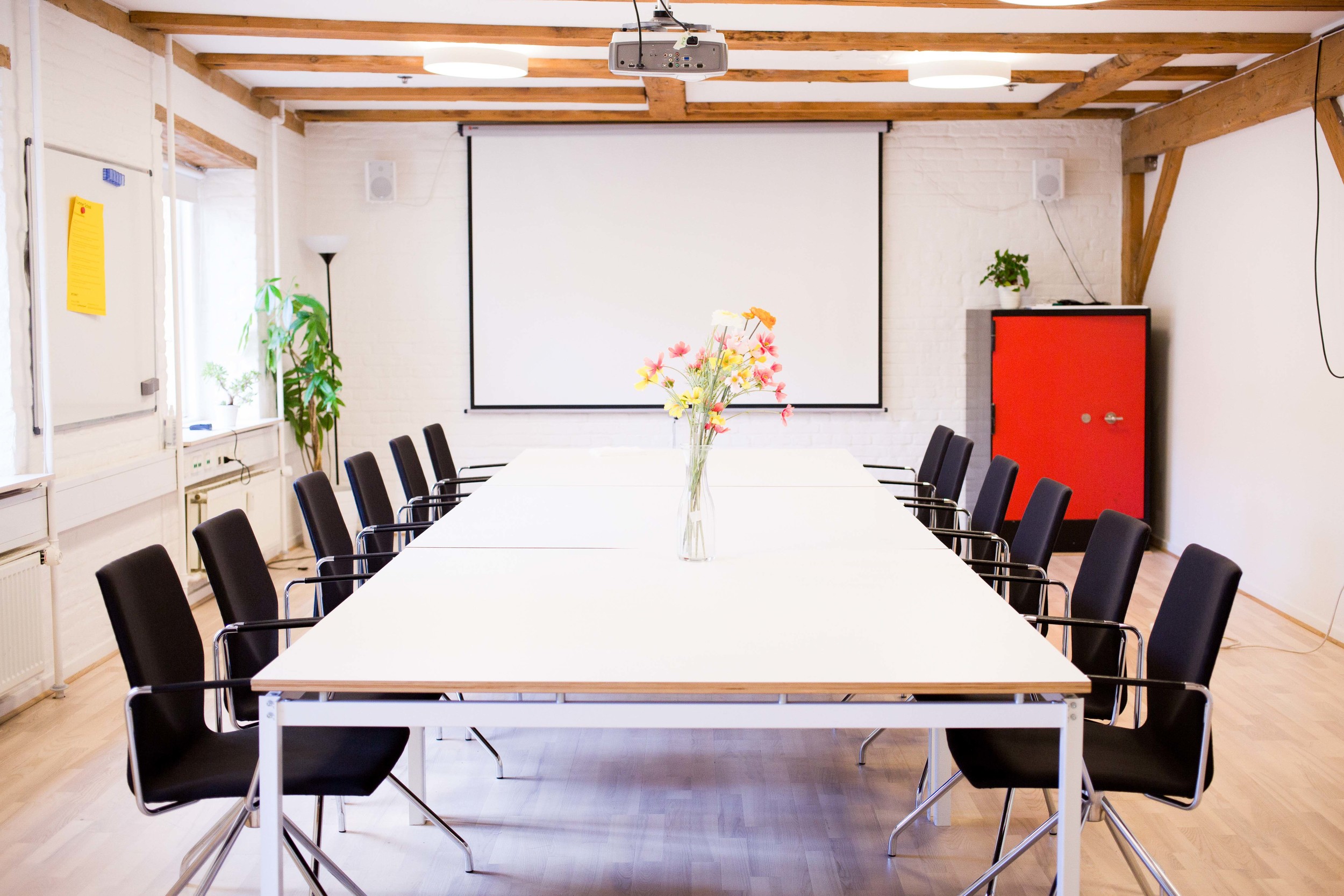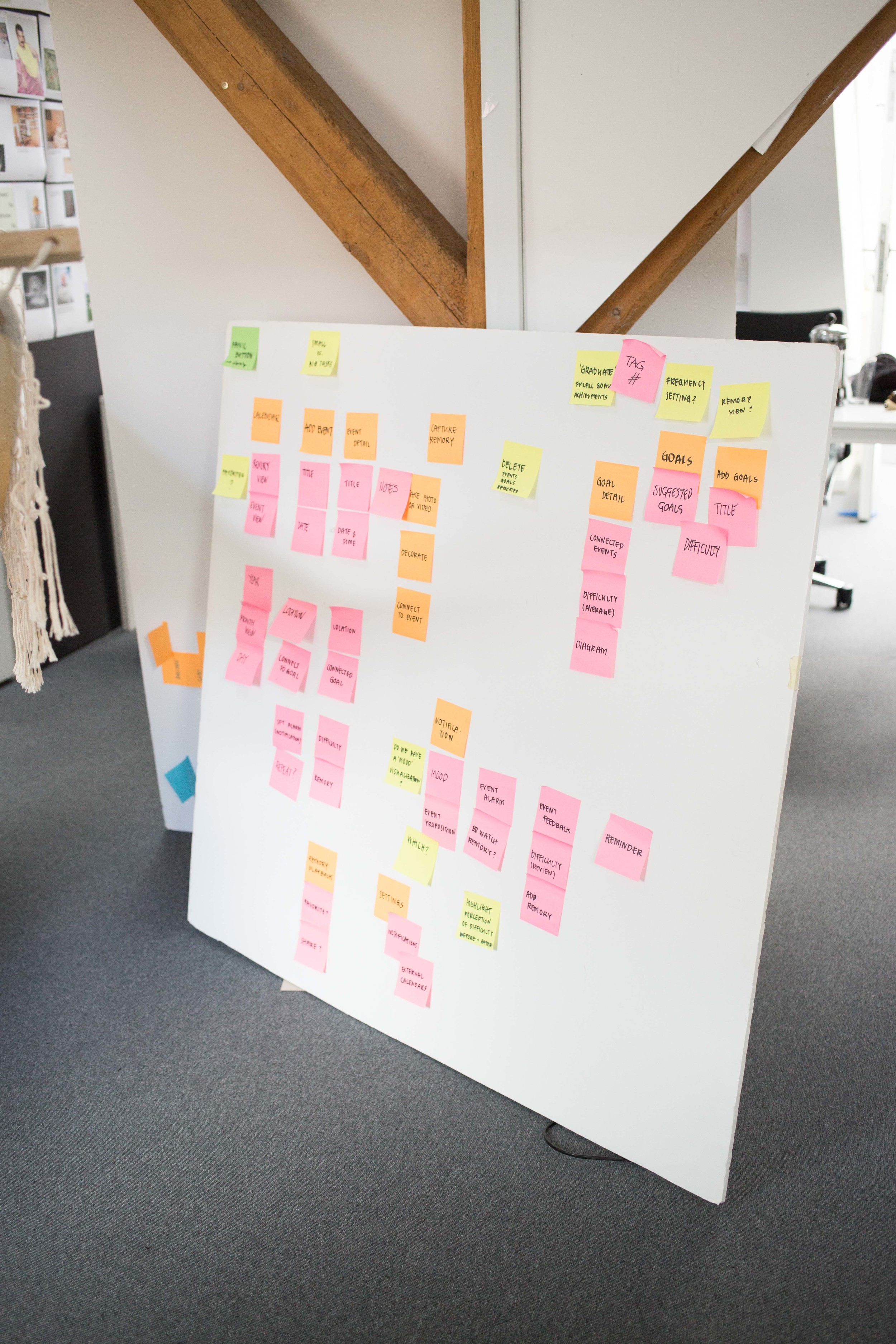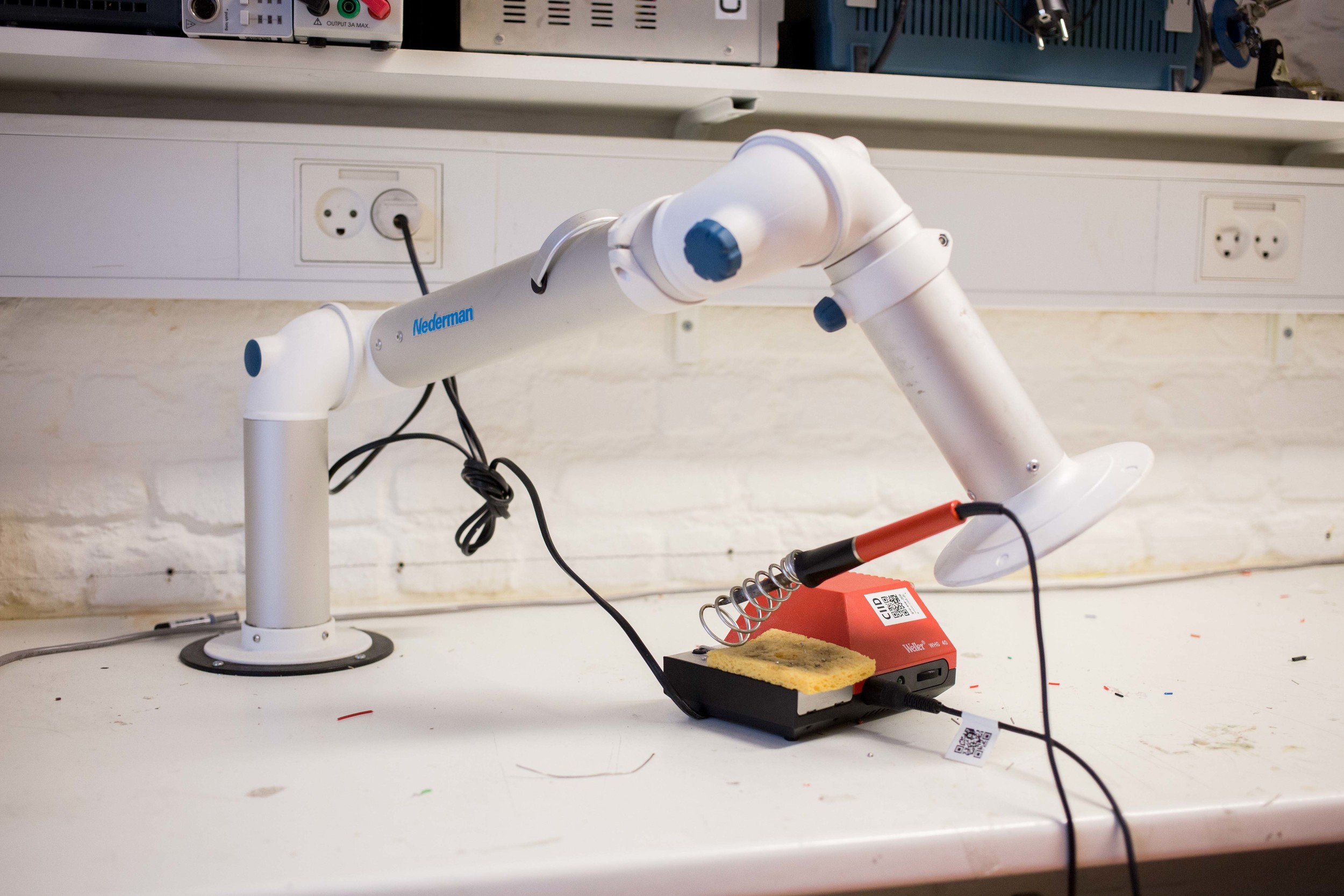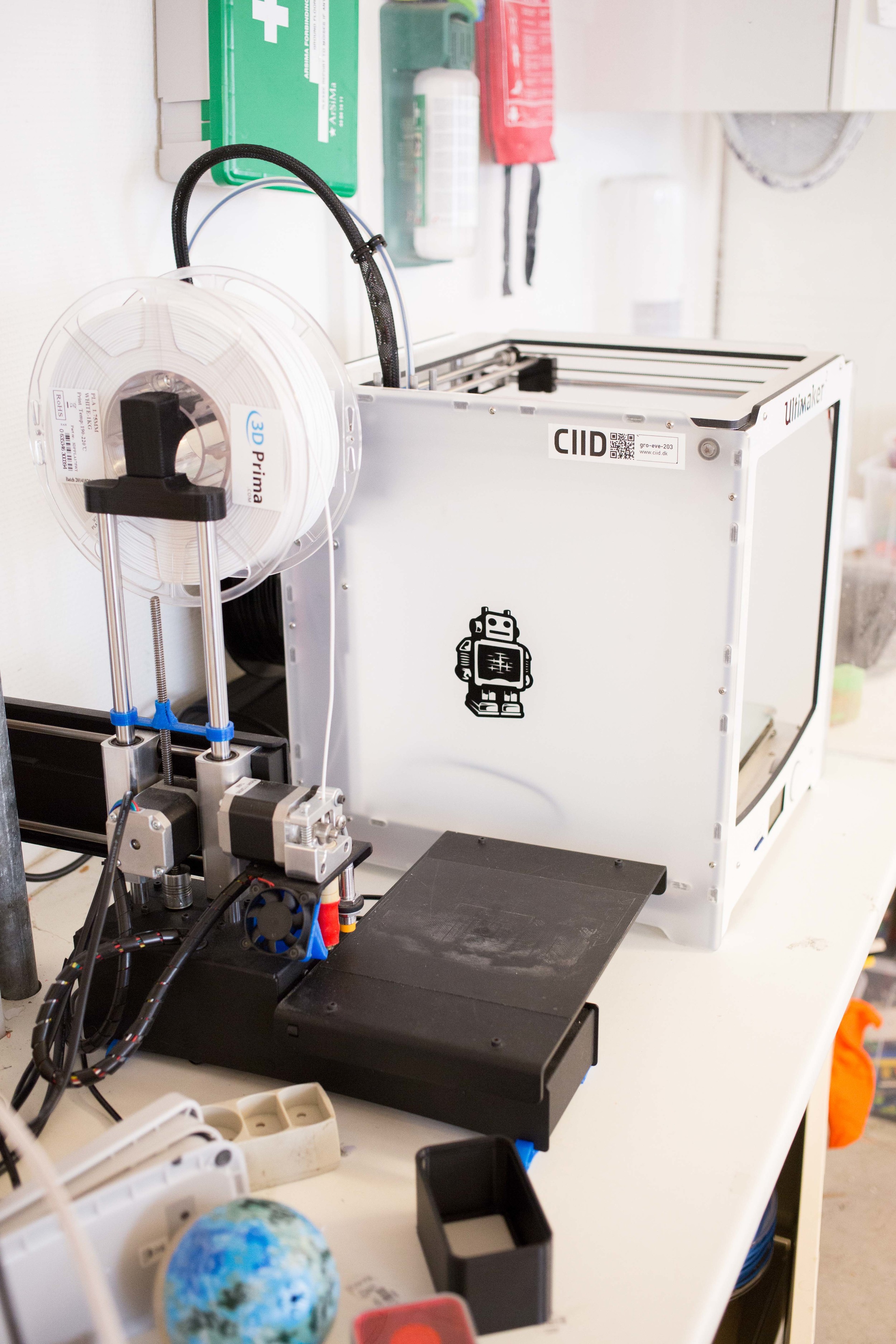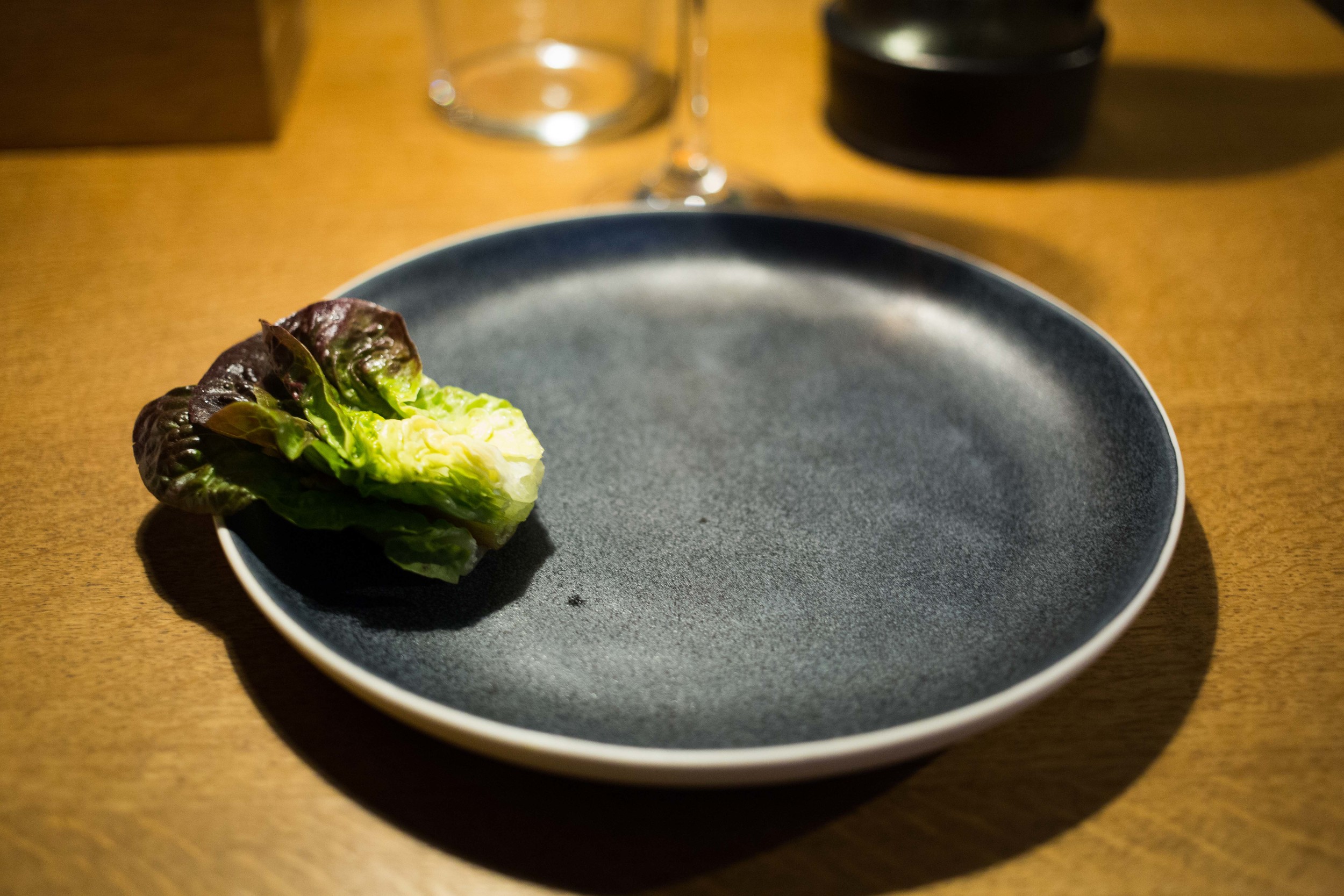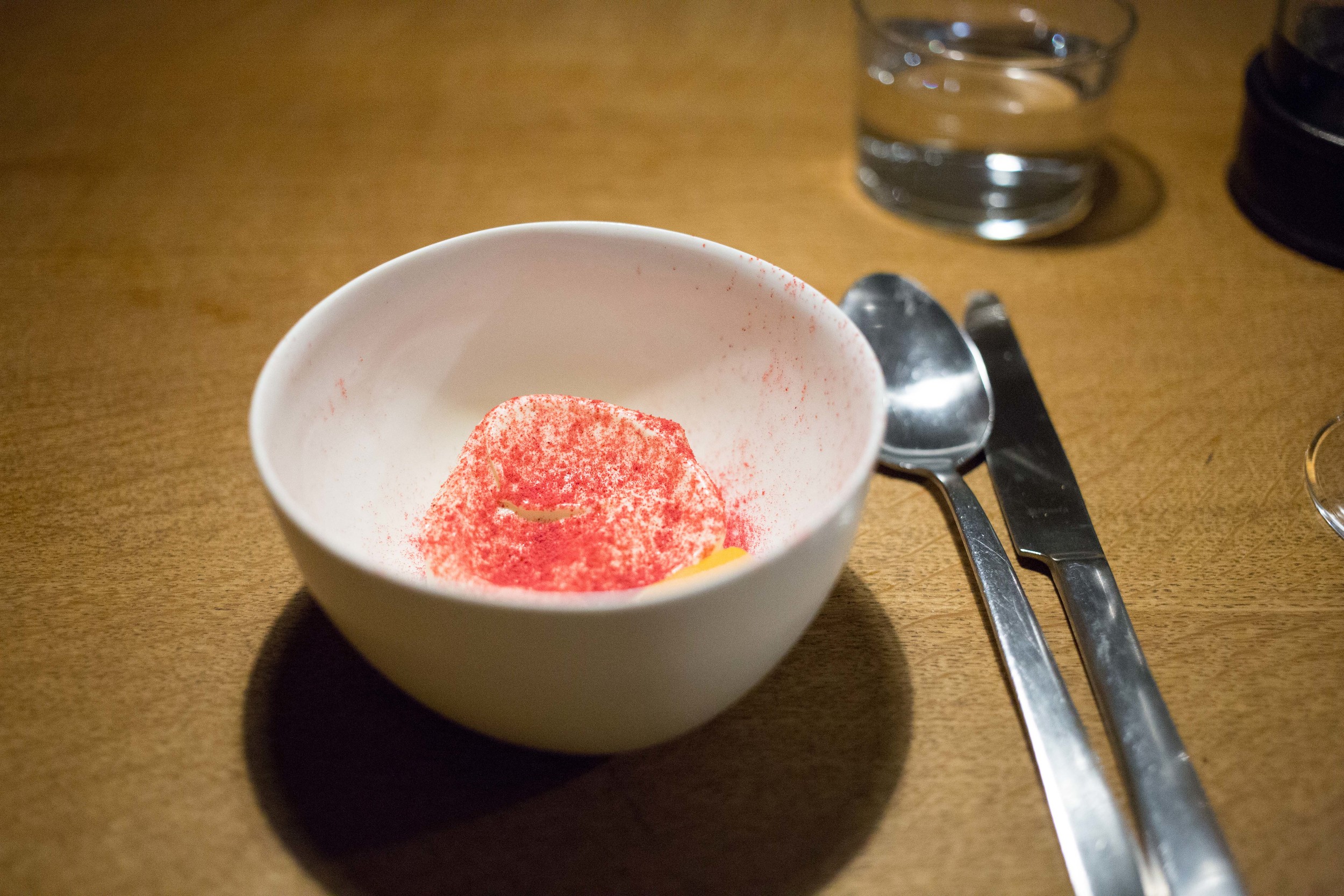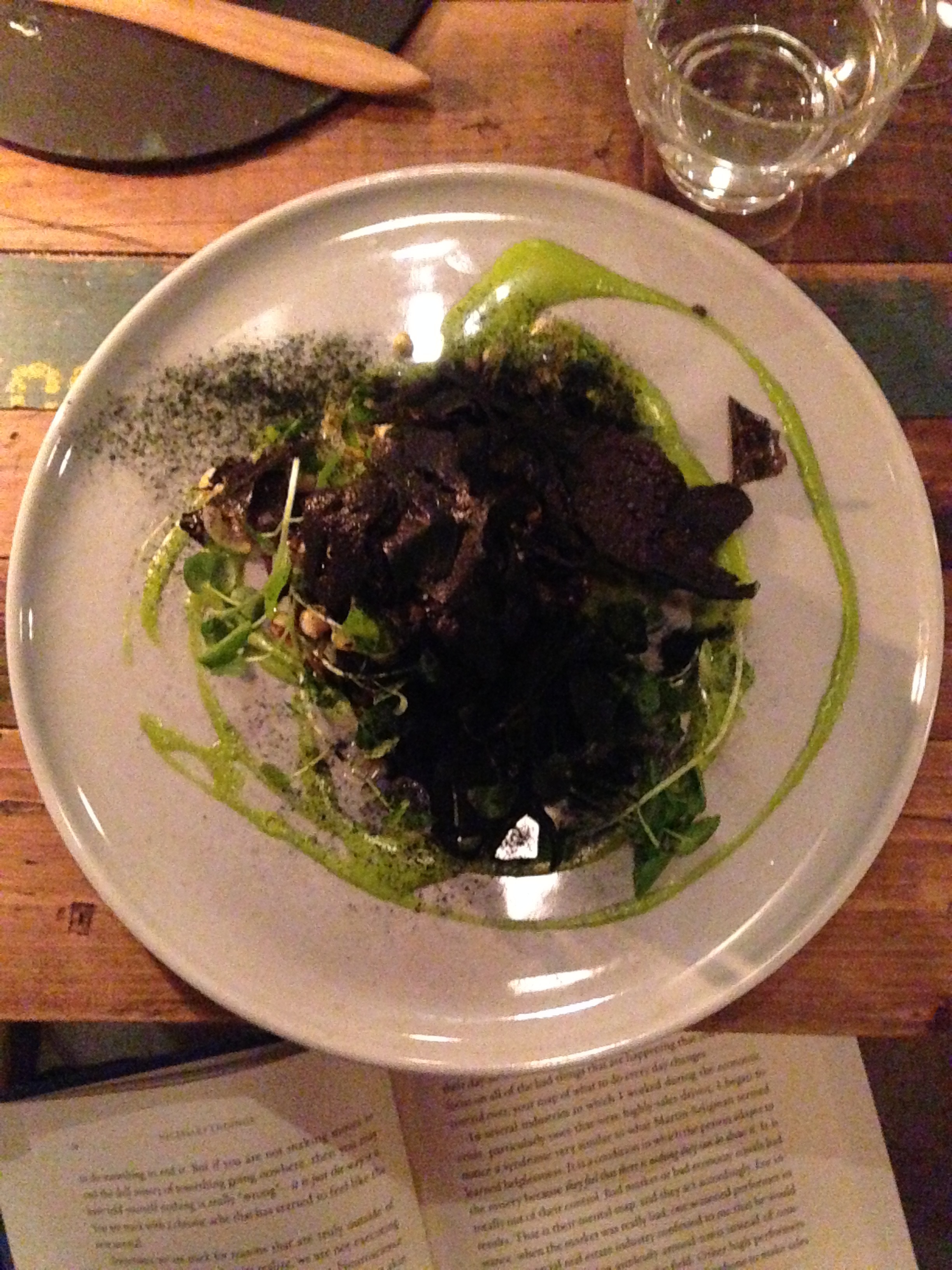Image is from the movie, Marie Antoinette.
“Don’t put your elbows on the table.”
“Chew with your mouth closed.”
“Don’t interrupt someone when they’re speaking.”
“Say ‘Please’ and ‘Thank You.’”
Ugh. Manners. Raise your hand if you remember being groomed through your adolescence to recognize and mimic the behaviors of the world, to blend in, and do away with the very notion of being free and unbound to authority. I’m raising my hand if you can’t see it.
As an adult, manners are such a fine-tuned concept and they creep up on us in subtle ways. They are the blueprint of how social groups move around and also how people identify themselves (and determine their comfort levels with others). We don’t like to admit it, but if someone actively does something counter to what you were taught not to do, we become confused… and then uncomfortable. We don’t like to feel uncomfortable.
While we all like to say things like, “Be yourself!” or “You do you,” there are overarching human behaviors that fall in the range of feeling wrong, disrespectful, and impolite. Small gestures help us determine pretty quickly upon meeting someone whether or not they grew up around the same social rules, care about the same values about people in general, and if s/he is someone they would like to continue having additional social encounters with in the future. These are the small ways we define what is rude, what is acceptable, and what are gestures of kindness. This is the fabric of how friendships begin, relationships spark, and even how businesses create partnerships.
So, what does this mean for the digital world? Why should I care about digital manners when working on your project?
When we look at how products are built, how website UX flows operate, and how interaction designs behave, users eventually recognize whether or not they are being manipulated for good or for evil. They then determine what your main objective as a business is, and even farther down the line, decide whether or not they feel it is ethical to keep engaging with us.
As designers, we are no strangers to business folks dropping in and giving an ultimatum that money must be generated above anything else. We are also used to then proceeding to discuss what kind of “design” would make a client comfortable about their deal. To be clear, this is not fun for us but we do know that it is a necessary discussion. Designers will argue because of the holistic experience of what is at stake but also because, most of the time, the changes requested feel really aggressive and rude to put in front of users.
Let’s think about the everyday stories we hear when people meet/get together. The minor casualties of behavior that turn us off from continuing to interact with others can be analyzed to find parallels in the digital world to help us define and understand digital manners.
1) Put effort into your look. You should at least show that you came to impress.
If you do this:
People feel this:
There’s a reason why the fashion industry exists. No one is asking for haute couture on every screen but show that you care. It may sound shallow, but in 2019, it’s the name of the game. Find a designer, pay to get groomed, and be the attractive content you know you are.
2) Take ownership over your mistakes and look at it as an opportunity to gain some trust
If you do this:
People feel this:
Hey – we’re not all perfect. We all make mistakes. But when you make a mistake, how will you respond? Will you be apologetic? Or defensive? Will you be honest and create dialogue while you work through your issue? From a relationship standpoint, this is foundational to future interactions so don’t avoid it. Set the stage and, hey, have fun with it.
3) Serve your customers the way you would want to be served
If you do this:
People feel this:
I mean really. It’s insulting to expect that responsibility falls on one side if the stars aren’t aligning quite nicely. For example, if you’re out on a date and it doesn’t seem to be panning out the way you’d like it to, you would expect the other person to at least offer to pay dutch, no? This is no different.
4) Hire a copy editor, check your content, and don’t gaslight people
If you do this:
People feel this:
The worst thing you could do to someone is make them feel crazy when they’re not. Coordinating promotions and timing advertisements will inevitably raise a lot of content alignment issues so make sure to tighten up what you want to say before you publish/deploy. When your content doesn’t align, it’s confusing and makes people question their sanity. Ultimately, you won’t achieve what you’re set out to achieve. QA QA QA.
5) Don’t be passive aggressive with your CTA’s
If you do this:
People feel this:
This is all over the internet right now. It’s so frustrating for people to have to click on a CTA that is passively insulting. If you have a product that has sustained a longer user base and are continuing to evolve your product as time goes by, remember that you still have to be respectful throughout the relationship. Just because you and your user have been together for over 5 years doesn’t mean you can take that relationship for granted. Don’t take jabs as small as they may be. If you do it too much, the forgiveness can wear off and you could be looking at a deactivation.
Old habits die hard, and there’s always room for improvement and change, but the reality of it is that these small ways in which we interact with one another are the ways we keep our relationships going. It’s hard to grasp the idea of what it really means to design for humans, but we have found that thinking about interactions between machine and human as manners is a good start.
What other digital manners, good or bad, have you seen out there?
To get your team to start thinking about digital manners, try starting a slack channel like this and see what comes up.
























